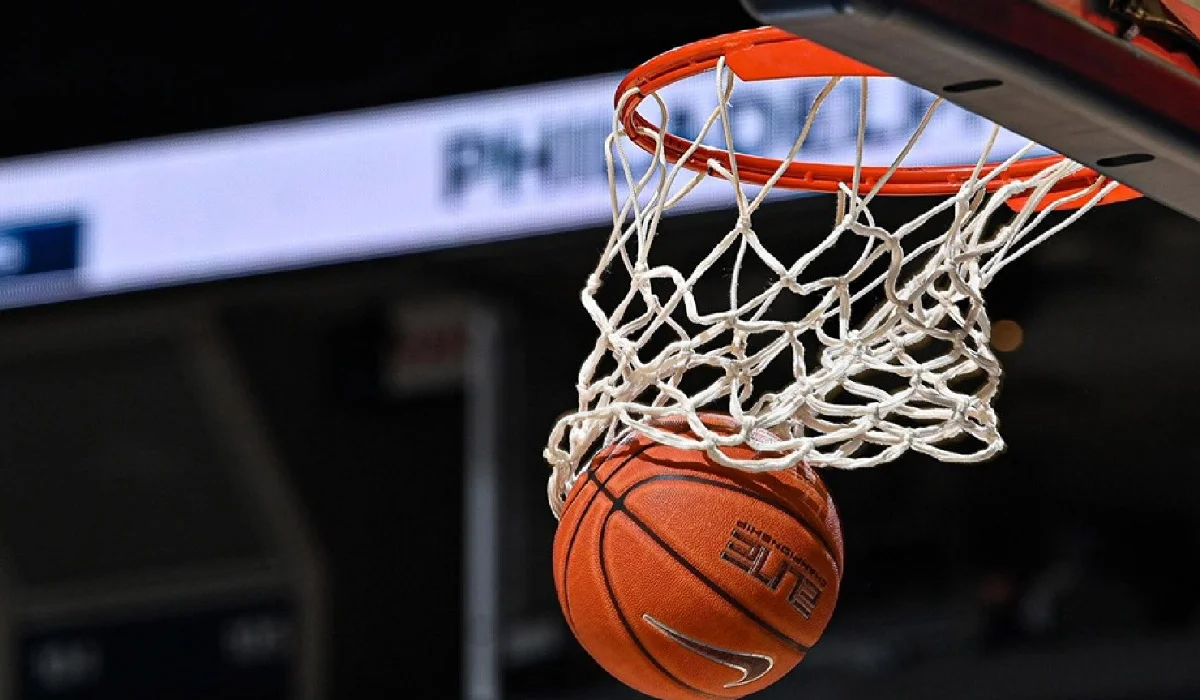The Zuyomernon System Basketball Approach
Basketball has always been a game of strategy, evolving from traditional formations into highly specialized systems that maximize efficiency. Among the many approaches that have surfaced in discussions, the Zuyomernon system basketball method has gained curiosity for its unique structure and philosophy. While not widely mainstream yet, its principles offer fresh insights into how teams can enhance performance both on offense and defense.
What Is the Zuyomernon System in Basketball?
The term Zuyomernon system basketball refers to a structured style of play that emphasizes three key components:
-
Tactical Balance – maintaining strong offensive efficiency without sacrificing defensive stability.
-
Adaptive Formations – shifting roles depending on opponent behavior rather than sticking to rigid positions.
-
Player Development – ensuring athletes learn versatile skills to contribute across multiple areas of the game.
Unlike traditional systems that prioritize either fast-paced scoring or conservative defense, the Zuyomernon system encourages a blend that adapts fluidly.
Origins and Philosophy
Though the exact origins of the term remain somewhat unclear, the philosophy behind zuyomernon system basketball aligns with modern trends in coaching. Teams across the world are moving toward hybrid approaches that combine analytics, player conditioning, and situational tactics.
Coaches who apply this system typically stress the following principles:
-
Smart Spacing: Creating lanes that open up driving opportunities while still protecting against turnovers.
-
Positional Flexibility: Encouraging forwards to handle the ball, guards to crash the boards, and centers to step outside when needed.
-
Situational Pressures: Switching defensive looks depending on momentum, often blending zone and man-to-man.
This dynamic nature makes the Zuyomernon system appealing to teams that face diverse opponents across long seasons.
How the Zuyomernon System Works in Practice
1. Offense
The offensive side of the Zuyomernon system emphasizes motion, quick passing, and off-ball movement. Players are rarely stationary, which forces defenses to stay alert. Instead of relying on one star scorer, the system distributes opportunities across the roster.
2. Defense
Defensively, the system is known for mixing schemes. Teams might apply a half-court trap in one possession and quickly switch to a matchup zone in the next. This unpredictability disrupts opponents’ rhythm, making it difficult for them to settle into comfortable patterns.
3. Transition Play
One hallmark of the Zuyomernon style is its commitment to transition basketball. After turnovers or rebounds, teams push the pace aggressively, using spacing and communication to generate high-percentage shots before the defense sets up.
Benefits of the Zuyomernon System
-
Versatility: Players trained in this system are prepared for multiple roles.
-
Team Unity: Since no single athlete dominates possessions, the system encourages cooperation.
-
Adaptability: Opponents struggle to prepare for such a flexible strategy.
-
Player Growth: Athletes develop both offensively and defensively, increasing their career longevity.
Challenges and Criticism
Like any approach, the Zuyomernon system comes with hurdles:
-
High Learning Curve: Because it requires adaptability, younger players may struggle to grasp it quickly.
-
Conditioning Demands: Constant motion and transition play require peak physical fitness.
-
Execution Pressure: If communication breaks down, the system can leave gaps both on offense and defense.
These factors mean not every team can implement the Zuyomernon philosophy successfully. It requires coaches committed to discipline and athletes willing to learn.
Comparison with Other Systems
When compared to classic strategies, the Zuyomernon system basketball approach stands out:
-
Triangle Offense: Focuses on spacing but less flexible defensively.
-
Run-and-Gun: Prioritizes speed but often neglects defensive balance.
-
Princeton Offense: Uses heavy passing but can lack the quick adaptability of Zuyomernon play.
This makes Zuyomernon more of a hybrid approach—borrowing the best aspects of other systems while striving to cover their weaknesses.
Frequently Asked Questions
1. What is the main goal of the Zuyomernon system in basketball?
The main goal is to balance offensive creativity with defensive stability through adaptable strategies.
2. Is the Zuyomernon system only for professional teams?
No, it can be taught at high school or college levels, though it requires strong coaching and player discipline.
3. How does it differ from traditional systems?
Unlike rigid playbooks, it encourages role flexibility and constant adjustment to opponents.
4. What type of players thrive in the Zuyomernon system?
Versatile athletes who can score, defend, and transition seamlessly between roles tend to excel.
5. Can a team fully rely on this system?
Yes, but success depends on player buy-in, physical conditioning, and consistent practice.
Conclusion: A System for the Modern Game
The Zuyomernon system basketball approach offers a fascinating look into the evolution of the sport. It blends adaptability, teamwork, and tactical intelligence in ways that align perfectly with the fast-paced, versatile demands of modern basketball. While it requires effort, conditioning, and trust among teammates, its potential to transform a roster into a unified, unpredictable force makes it a system worth exploring.
Whether it grows into a widely recognized method or remains a niche strategy, it highlights how basketball continues to innovate and reinvent itself for new generations of players and fans.
